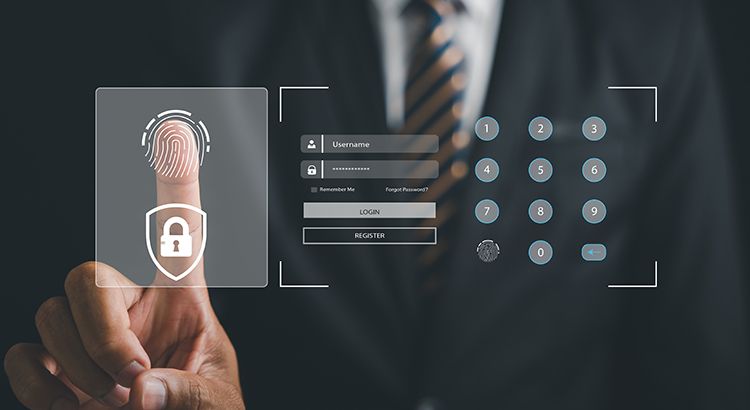What is a cross-domain solution?
A cross-domain solution is a system that uses software and hardware to control and manage information transfer between different security domains, providing secure data exchange across networks with various security levels. This prevents unauthorized access or leakage of classified or confidential information.
CHALLENGE
To withstand evolving threats, cross-domain solutions must use higher security standards outlined in NSA’s Raise the Bar (RTB) initiative, such as tamper resilience.
SOLUTION
Use Mercury’s secure technology for your cross-domain solutions to preserve sensitive information, maintain system integrity, defend against physical or cyber intrusion, and meet strict RTB requirements—even in vulnerable edge environments.
Do you need to meet NSA Raise the Bar guidelines and implement advanced security techniques for your cross-domain solution? Our security experts can help.

Safeguard your CDS Design
Protect the integrity of your CDS hardware and software components from manipulation using encryption and authentication features to block unauthorized changes.

Guarantee Secure Data Exchange
Ensure your cross-domain solution remains secure and compliant even when it’s under direct attack. Tamper-resilient technologies can prevent infiltrators from corrupting on-device data or manipulating signal transmission, which can compromise how your cross-domain solution filters and transfers data.

Meet Raise-the-Bar Guidelines
Ensure your cross-domain solution operates as intended and is non-bypassable according to RTB guidelines using measures such as intrusion detection and firmware encryption.
Tamper-resilient technology protects critical systems and data from reverse engineering or unauthorized alterations. It ensures that sensitive information remains secure against adversarial attempts to compromise functionality or steal proprietary knowledge. Tools include hardware obfuscation, cryptographic protections, and physical barriers. They are heavily utilized in military-grade applications and critical infrastructure.
The NSA's Raise the Bar initiative establishes stringent cybersecurity standards for Cross-Domain Solutions. It aims to reduce vulnerabilities by setting higher benchmarks for data handling, security architecture, and implementation. RTB focuses on robust testing, early threat detection, and compliance with strict operational guidelines. Vendors must meet these requirements to gain approval for classified environments.
Tamper-resilient measures help fortify the hardware and software components of CDS. These protections minimize the risk of systems being altered or reverse-engineered by malicious actors. Incorporating tamper resilience into CDS is crucial for upholding their integrity and compliance with security standards to safeguard classified operations and sensitive information.
Cross-Domain Solutions and tamper resilience technology are widely utilized across industries that require strict data security and protection of sensitive information. Key sectors include defense, intelligence, and government operations, where maintaining confidentiality and integrity is crucial. Additionally, industries like finance, healthcare, and critical infrastructure benefit from these technologies to safeguard proprietary data and prevent unauthorized access. As cybersecurity threats evolve, these technologies are becoming increasingly vital in commercial sectors as well, ensuring secure operations in supply chains, telecommunications, and research and development environments. Their adaptability makes them critical tools across a broad spectrum of applications.
Edge processing is becoming increasingly vital in cross-domain solutions (CDS) as it enables the analysis and processing of data closer to its source, reducing latency and enhancing operational efficiency. For highly sensitive environments, integrating edge processing with CDS allows critical information to be acted upon immediately without relying on centralized systems, which can be vulnerable to delays or disruptions.

